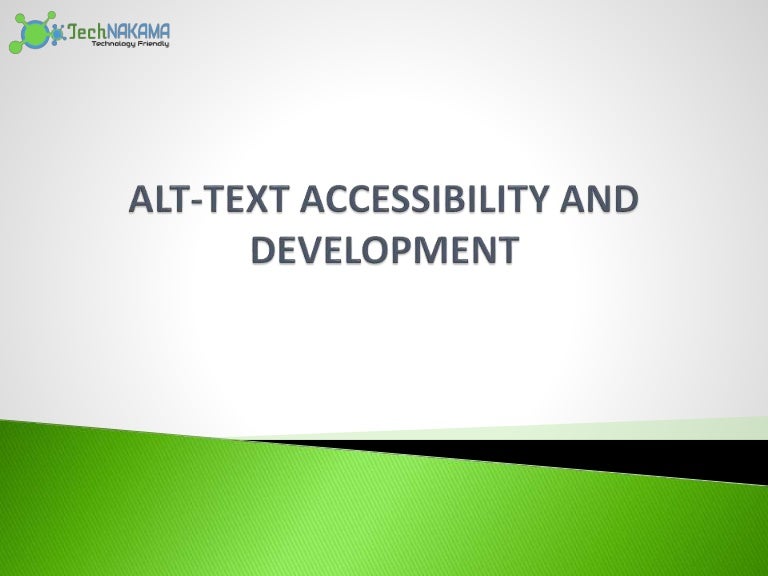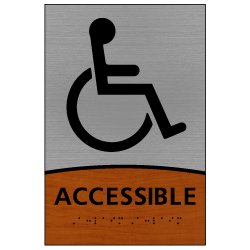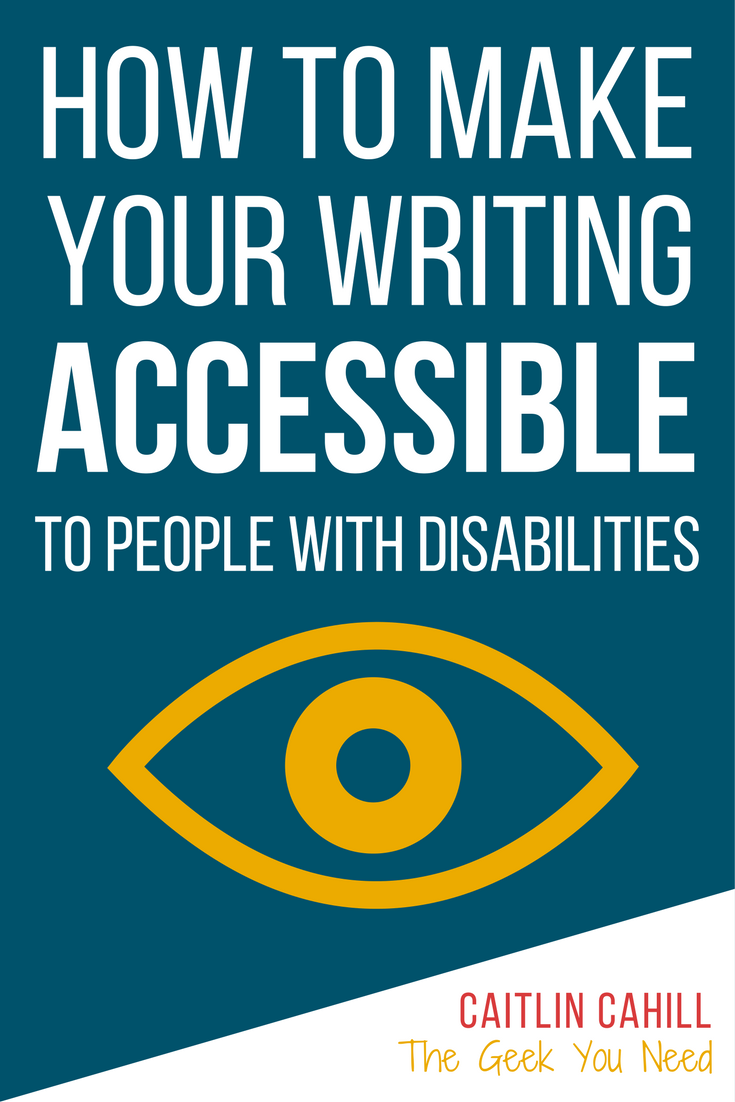
This causes a cognitive overload that forces the content to be reread more than once.įinally, there is a logical structuring of the headings. But also be logical in structure.įor example: if we have an image that illustrates the benefits of a balanced diet, and the text appears very far from said image, or even close, but with a heading that cuts off the text, it becomes very difficult to understand that both elements are related. This includes respecting content hierarchies, which is one of the basic UX and design rules. What this rule means is that whenever possible we try to follow a logical sense, without big jumps in content. Layout has to be logical an easy to follow. This rule may look a bit subjective (after all, what is “logical”?). However, if we had not included the content in plain text format (that is, this article), we would have a serious accessibility error Use a logical layout Of course, we’re replicating and expanding the content of the infographic in this article. Want a good example? In this very same page, the Visual Accessibility Principles Infographic throws an alert, because content is in a downloadable PDF. The problem is that if you don’t use plain text, and the text is part of an image, or a file to download, or even plain text artificially placed in a different position using CSS, screen readers cannot read the information. All modern operating systems include screen readers, although there is specialized software. One of the main tools used by people with disabilities (not only visual disabilities, but others such as motor disabilities) are screen readers. Information in images or downloadable files. Use plain text and HTML code, minimize or avoid including

This golden rule of visual accessibility could be stated like this: However, it is number one as it is the one that causes the most problems.
#Atext and accessibility professional#
To make the article more educational and entertaining, we have created an infographic with examples and references to master the 9 golden principles of visual accessibility in an easy and simple way.Ģ023 offer: Get your professional logo design for as low as $199!įortunately, this is one of the most followed rules.

#Atext and accessibility how to#
But there is also accessibility for the motor disabled (especially upper limbs), for the deaf impaired, for autistic people, for people with dyslexia, accessibility for people with neurological problems, etc.īut in this particular case, we are going to talk only about visual accessibility, how to do accessibility testing, and how to design inclusive interfaces. Accessibility can be for people with total or partial visual impairment (including color blindness and presbyopia). Visual Accessibility in UX Designįirst of all, we must make it clear that accessibility does not only refer to visual aspects. Since the usage of the a11y acronym is very common and widespread, it’s worth noting. It’s formed by A + 11 (the letters between first and last character) + Y. Note: if you see the acronym a11y, it’s a short way to write accessibility. Which, by the laws of those countries, is illegal.Īnd yet, accessibility is very secondary for them, accessibility badge or not. Furthermore, there are not a few government sites from different countries that have accessibility badges and ARE NOT ACCESSIBLE. For those of us who develop our tasks in the world of user experience (UX), and more specifically in relation to User Research, it is a matter of fundamental importance.Īnd this importance is given by the fact that, despite being mandatory in many countries, nobody seems to care. Visual Accessibility Tools and Resourcesįor a while we wanted to do an article about UX and visual accessibility.Conclusion: Visual Accessibility is a must.Additional benefits of describing future events.Always use proper case in your web designs.


Design user interfaces for screen readers.What happens if we don’t maintain a logical content structure?.How do we know if the structure is logical?.


 0 kommentar(er)
0 kommentar(er)
